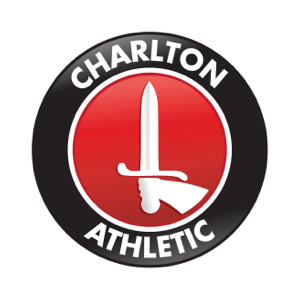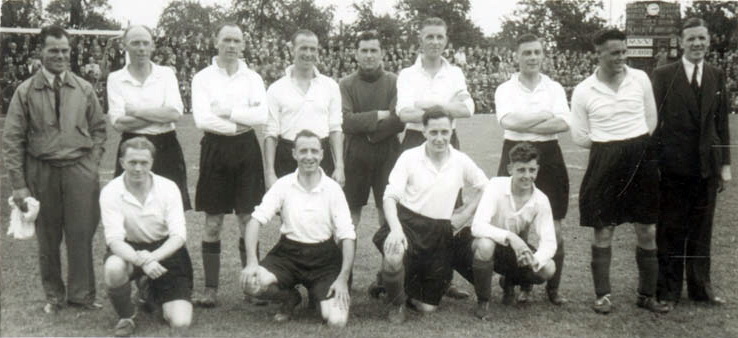On a day like today - the 80th anniversary of D-Day - when we remember the bravery and sacrifice of our troops, it can sometimes seem insensitive to think about football.
But the reality is that for some back then, just as it is now, football was so tied up with life that it became a way of marking an occasion.
A few months after D-Day, the Dutch region of Maastricht was liberated from Nazi occupation. A year after that, the region decided to mark the anniversary with a football match.
Their opponents for the game, which took place on September 15th, 1945, were Woolwich Borough, a team made up mostly by players from Charlton Rovers, a Charlton Athletic nursery team from October 1942 onwards.
It may seem like a strange match-up, but having twinned with Woolwich a year earlier, Maastricht decided that an opponent from the then-borough made perfect sense.
The game, which ended 3-2 to Maastricht, offers an interesting snapshot into the history of Charlton. Woolwich were managed that day by Bill Moss, who managed Charlton Rovers during the war and went on to take charge of Charlton Reserves during the 1945/46 season.
But it is Woolwich’s trainer that day that might be more familiar to modern-day Addicks. Jimmy Trotter had also been Charlton’s trainer under Jimmy Seed since 1934, and would eventually go on to succeed Seed as Manager in 1956.
The line-up on the pitch also included a number of players who had played or would go on to play for the Addicks.
Cyril Hammond, or 'Squib' as he was known, was a left-half who went on to play 201 games for the Addicks between 1950 and 1958. He also turned out for the London FA on multiple occasions against various German cities - including at Wembley.
Also in the XI against Maastricht was Peter Etherton, who was famous in Charlton circles for possessing the hardest left-foot shot coaches had ever seen in any grade of football. Etherton was also the uncle of legendary Addicks left-back Brian Kinsey.
Two others in the team that day also played for Charlton - Steve Callegari, who played in the first-team between 1943 and 1946, and John Jennings, who made two appearances in the 1944/45 season.
And so, when September rolls around in the Netherlands and they mark 80 years since the liberation of the region, there will be a little piece of Charlton in the history of Maastricht.
Thanks to Paul Baker at the Charlton Athletic Museum and Dutch journalist IJsbrand van Lambalgen for providing insight and archive material.
(Photo credit: RHCL Maastricht)

